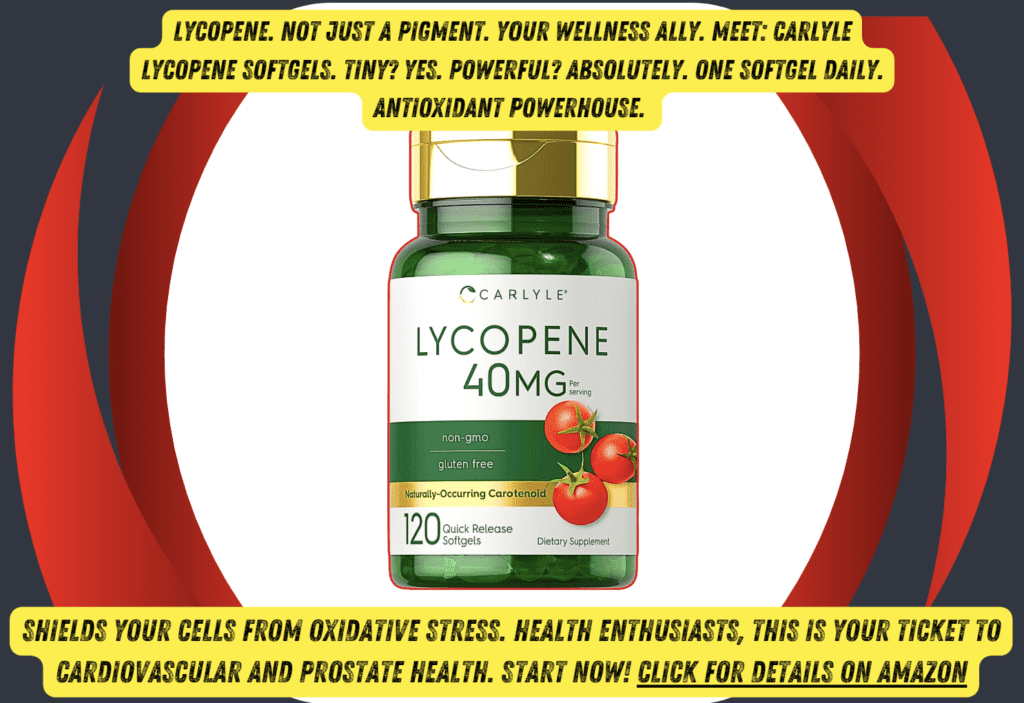Lycopene, found in tomatoes, watermelon, pink grapefruit, and other red fruits, gives these foods their vibrant color
Lycopene. Ah, yes. The miracle pigment that blesses your favorite red foods with that glorious, unmistakable tinge. 🍅🍉 Sure, you think you’ve heard it all before, but have you really? This antioxidant is playing the long game. Not some fly-by-night health trend – lycopene has been showing up in your fruits like a reliable BFF you’ve totally taken for granted.
You think they’re just pretty? Ha. Think again. These fiery little numbers are bursting with lycopene, just waiting to unveil their glow-getting secrets. Tomatoes? They’re practically screaming “Eat me!” Watermelon? Summer’s juicy salvation and your lycopene ally. Pink grapefruit? Bittersweet and bursting with this powerhouse pigment.
Science? We’ve got that covered. Lycopene is an all-star at protecting your cells from those annoying free radicals. Translation: it’s basically your body’s personal bodyguard, ensuring you stay the radiant creature you were always destined to be.
Oh, and did we mention the heart health benefits? Yep. Lycopene is here to keep your ticker in prime condition. 🍅❤️ But that’s not all. Dermatologists are basically doing cartwheels because lycopene also supports your skin’s natural defense system. Say goodbye to dullness and hello to that fresh-faced glow. ✨
Feeling parched for hydration? Lycopene is right there, working its wonders through hydration-rich fruits like watermelon. Because nothing says “I’m fabulous” like clear, hydrated skin that gleams with inner zen.
Pink grapefruit – often overshadowed by its more popular cousin, the orange – stands tall with its vibrant lycopene offering. This bittersweet beauty packs a punch that says, “I might be tart, but I’m also protective AF.”
So, next time you slice into that juicy tomato or bite into sweet, hydrating watermelon, remember: you’re not just satisfying a craving. You’re indulging in a lycopene-rich goodness that loves you back.
Lycopene isn’t just a pretty face in the fruit bowl – it’s a health savior, a skin ally, and your new best friend in the war against free radicals. Bask in the vibrancy, revel in the health benefits, and never underestimate the power of these ruby-hued wonders. You’re welcome. 🍅✨
Q&A on Lycopene
Q: What exactly is lycopene?
A: Lycopene is a potent antioxidant found in red and pink fruits such as tomatoes, watermelon, and pink grapefruit. Think of it as your personal bodyguard against cellular damage and the guardian of that youthful glow.
Q: How does lycopene benefit heart health?
A: Lycopene helps reduce inflammation and oxidative stress in your body, both of which are major culprits in heart disease. So, each bite of lycopene-rich food is like sending a love note to your heart. ❤️
Q: Can lycopene really support my skin’s natural defense system?
A: Absolutely! Dermatologists are singing its praises. Lycopene enhances your skin’s resilience, fights off damage from UV rays, and keeps your complexion looking radiant and hydrated. Say hello to that fresh-faced glow. ✨
Q: Is it only found in fruits?
A: While fruits like tomatoes and watermelon are lycopene hubs, you can also find it in other places like red peppers and papaya. The more variety in your lycopene sources, the better!
Q: What’s the best way to get my daily dose of lycopene?
A: Incorporate a mix of lycopene-rich foods into your diet. Fresh tomatoes on your salad, a glass of watermelon juice, or even a slice of pink grapefruit in your morning routine will do the trick. Easy peasy, lycopene-squeezy!
Q: I’ve heard cooking tomatoes increases lycopene content. Is this true?
A: Yes, indeed. Cooking tomatoes breaks down their cell walls, which makes lycopene more available for your body to absorb. So, feel free to load up on that delicious marinara sauce! 🍅
Q: How does lycopene tackle free radicals, exactly?
A: Lycopene neutralizes free radicals by donating electrons, stabilizing these pesky particles, and preventing them from wreaking havoc on your cells. Simple yet powerful – just like lycopene itself!

